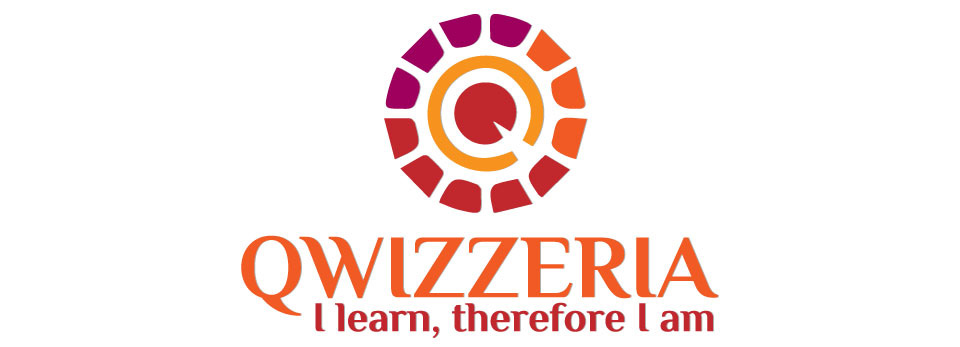Creativity is the act of turning imaginative ideas into reality, often leading to different solutions, ideas and outputs—be it in fine arts or in daily life. In this essay, Brindarica Bose writes about her perceptions about ‘creativity’, combined with few anecdotes.
Creativity – is it child’s play?
As a young child, I didn’t play with electronic devices, forget about a ‘smartphone’, even an ordinary dial phone was out of my reach. So how did I spend my free time? I used to draw, seek new ideas to play, make clay utensils during Bombay’s famous rainy days, play hide and seek with friends, discover new lanes, imagine broken pipes to be dungeons, and simply play outdoors as long as I could. There used to be a milk booth in our housing colony, beyond which was a small forest, and that forest used to be a breeding ground for not only mosquitoes but also my imagination! Nowadays, I see similar forests and playgrounds with castles and soldiers, but they are all digital and in hand-held devices and game apps. I feel mobile phones have in one hand enabled us an efficient life, but at the same time have also damaged a child’s connection with creativity to a large extent.
Why just blame the younger generation, look at anyone around you—young and old, and you will definitely spot more than one head staring at a 5×2 inch mobile screen. To promote creative thinking, parents and educators need to identify what motivates their students and structure teaching and activities around it—and that can make ‘creativity’ a child’s play.
What is the creative process?
 The creative process can be divided into four stages: preparation, incubation, illumination, and verification. In the first stage, your brain is gathering information. After all, creative ideas don’t come from a vacuum. In the second stage, you let your mind wander and stretch your ideas and in the last two steps you come up with a sort of a new idea. James C. Kaufman and Beghetto introduced a “four C” model of creativity; Mini-c (“transformative learning” involving “personally meaningful interpretations of experiences, actions, and insights”), Little-c (everyday problem solving and creative expression), Pro-C (exhibited by people who are professionally or vocationally creative though not necessarily emminent) and Big-C (creativity considered great in the given field). This model was intended to help accommodate models and theories of creativity that stressed competence as an essential component and the historical transformation of a creative domain as the highest mark of creativity. It also, the authors argued, made a useful framework for analysing the creative processes in individuals.
The creative process can be divided into four stages: preparation, incubation, illumination, and verification. In the first stage, your brain is gathering information. After all, creative ideas don’t come from a vacuum. In the second stage, you let your mind wander and stretch your ideas and in the last two steps you come up with a sort of a new idea. James C. Kaufman and Beghetto introduced a “four C” model of creativity; Mini-c (“transformative learning” involving “personally meaningful interpretations of experiences, actions, and insights”), Little-c (everyday problem solving and creative expression), Pro-C (exhibited by people who are professionally or vocationally creative though not necessarily emminent) and Big-C (creativity considered great in the given field). This model was intended to help accommodate models and theories of creativity that stressed competence as an essential component and the historical transformation of a creative domain as the highest mark of creativity. It also, the authors argued, made a useful framework for analysing the creative processes in individuals.
Creativity is also part of the environment
In his book, ’The Rise of the Creative Class’, released in 2002, economist Richard Florida popularized the notion that regions with “3 T’s of economic development: Technology, Talent and Tolerance” also have high concentrations of creative professionals and tend to have a higher level of economic development. Creativity can either get nurtured or stifled and therefore the ‘environment’ where a person spends his childhood also plays a vital role. I feel some cities can imbibe ‘creativity’ more explicitly than others.
When my family settled down in Kolkata, I was admitted to a fine arts school along with my sister. At that time, I was about 10 years old. We learnt there how to draw, clay model, sculpt wooden blocks, learn music and dance. If Mumbai was a fast and efficient city, then Kolkata was a poetic and a cultural city with a hundred fine art schools within 10 km, giving every child the opportunity to learn. Parents, who invest their time to equip their children with fine arts, or any form of creativity, are doing them a big favour. When they grow up, this very skill can become a big stress buster.

Creativity is contagious and connects people
When you have friends or family, who are busy in a creative process, then just by being in their presence, you may feel the urge to ‘create’. Take for example the activity of ‘urban sketching’. It can be done alone, or in a community, where people sketch or paint on the spot—be it outdoors or indoors. This activity has become not only trendy but also a community activity all over the world. Creativity connects people. Be it in cooking, writing, drawing, or any other form.
A group of 20+ women of Indian origin from around the world recently came together and published two books of short stories: ‘She Speaks’ in 2019 and ‘She Celebrates’ in 2020. This project was full of creativity from different angles, not just the stories, but also the last book had a collection of recipes and sketches by the authors, based on Indian festivals. Such projects celebrate the concept of creativity in daily life.
Try to create something today or tomorrow—it could be anything, say cooking a new dish, creating a new look for the garden, writing poetries, debating, discussing, thinking of new ways of doing old things, new outlooks—and see how it can change your life. The power to create lies within all. One just needs to ‘evoke’ it. Creativity can be divine, and I would like to conclude with Einstein’s quotation about creativity; ‘Creativity is Contagious. Pass it on’.
About the Author

Brindarica Bose lives in Wohlen with her family. She works part-time as a Publications & Communications Manager in IABSE and as an Art teacher in Migros Klubschule. She also gives workshops, classes at Wonder Kids and Brinda’s Art classes. She published her first book of short stories ‘Swiss Masala’ in 2018 and initiated two collaborative anthologies ‘She Speaks’ (2019) and ‘She Celebrates’ (2020). In 2020 she established a publishing company ‘Bose Creative Publishers’ and recently published along with four other artists a sketching book ‘Sketching Diaries’. Follow her art in Instagram @brindaricabose.
Disclaimer: Opinions expressed belong solely to the content provider. Namaste Switzerland does not undertake any financial/reputational/legal/misrepresentational impact or other obligations/ liabilities that may arise from the content.












